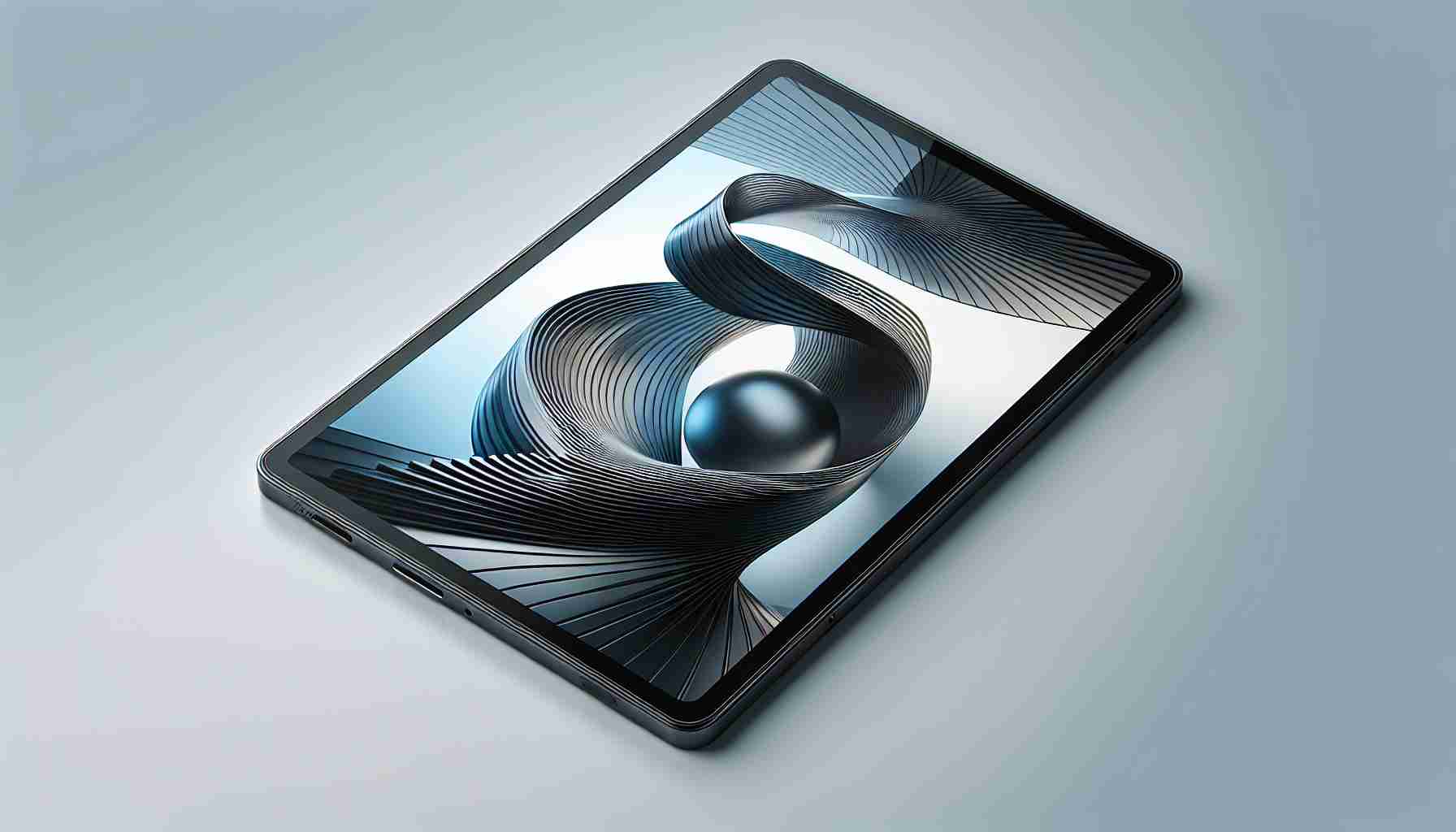The quest for slenderness continues with Apple’s unveiling of the iPad Pro M4, acclaimed as the slimmest product in the company’s history. This surprise revelation signals a departure from previous design philosophies that favored maintaining current product thickness. Now, it looks like the iPhone could be the next device set for a svelte transformation.
Embedded within new tech insights, revelations convey that Apple’s engineers are actively crafting a leaner iPhone variant. The potential design is still under wraps but could feature an aluminum body and streamlined front camera housing, departing from the current, more prominent notches.
However, the trimmer iPhone is unlikely to hit the market as the iPhone 16, with hints pointing toward the 17th iteration as the probable candidate for showcasing this design evolution. With the iPhone 15 already considered relatively compact, the revolution lies just over the horizon.
More than just thin, the upcoming iPhone is anticipated to pack the most recent A-series chip, provisionally dubbed the A19. It also aims to enhance video calling and selfie-taking experiences with an advanced front camera system. Size-wise, the display may settle between the current models’ dimensions, offering a visual sweet spot for users.
Subtle yet significant changes may also transpire at the phone’s rear, with talks of cameras shifting from the corner to a centralized back position. Such a repositioning would mark a first for the iPhone series and signify a potential reshuffling of the internal components.
This anticipated paradigm shift could either usher in a new model tier, such as the long-speculated iPhone Ultra, or signal a comprehensive revamp for 2025. Drawing parallels to the transformative iPhone X in 2017, expectations are mounting for Apple to deliver another landmark redesign. To prepare for these exciting developments in Apple technology, enthusiasts and consumers alike can resort to expert resources like iMore for updates and guidance.
What are the potential advantages of a slimmer iPhone design?
– Improved Aesthetics: A thinner design is often associated with a sleek and modern appearance, which may appeal to consumers looking for the latest in design innovation.
– Portability: Slimmer devices tend to be lighter, making them easier to carry around. This could enhance the user experience for those who prefer a more portable device.
– Technological Innovation: Reducing the thickness of a device typically requires advancements in component miniaturization and layout, which can spill over into other product improvements.
What are the potential disadvantages of a slimmer iPhone design?
– Battery Life: One of the biggest challenges in designing thinner devices is maintaining or improving battery life. Thinner designs may result in smaller batteries unless new battery technology is employed.
– Durability Concerns: Slimmer devices might be more prone to bending or damage from falls, putting a greater emphasis on the importance of durable materials and build quality.
– Heat Dissipation: As devices become thinner, managing heat can become more difficult, potentially impacting performance and longevity.
What are the key challenges in creating a slimmer iPhone?
– Component Space: Finding space for all the internal components without compromising on functionality is a significant challenge.
– Heat Management: Slimmer designs have less space for heat to dissipate, which could impact processor performance and overall device operation.
– Structural Integrity: Ensuring that the device can withstand everyday use without bending or breaking is crucial.
Is there controversy associated with slimming down phones?
Yes, there are some concerns and debates within the consumer and tech communities about the trade-offs associated with slimmer phones, such as potential impacts on battery life, durability, and repairability.
For more information and updates on Apple technology, readers can visit:
Apple’s Official Website
iMore – for expert resources on Apple products.
